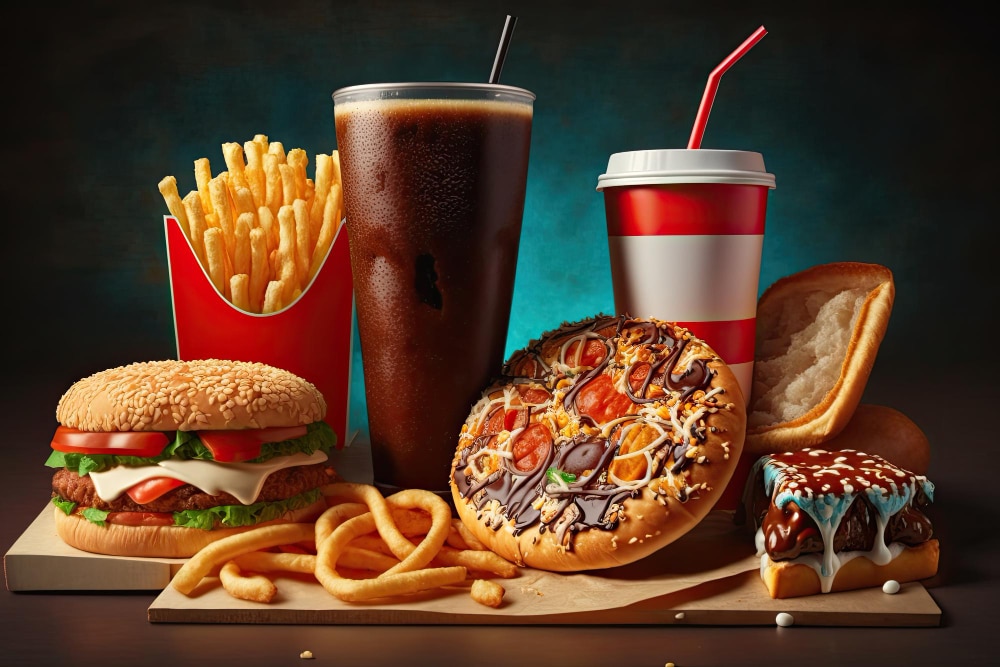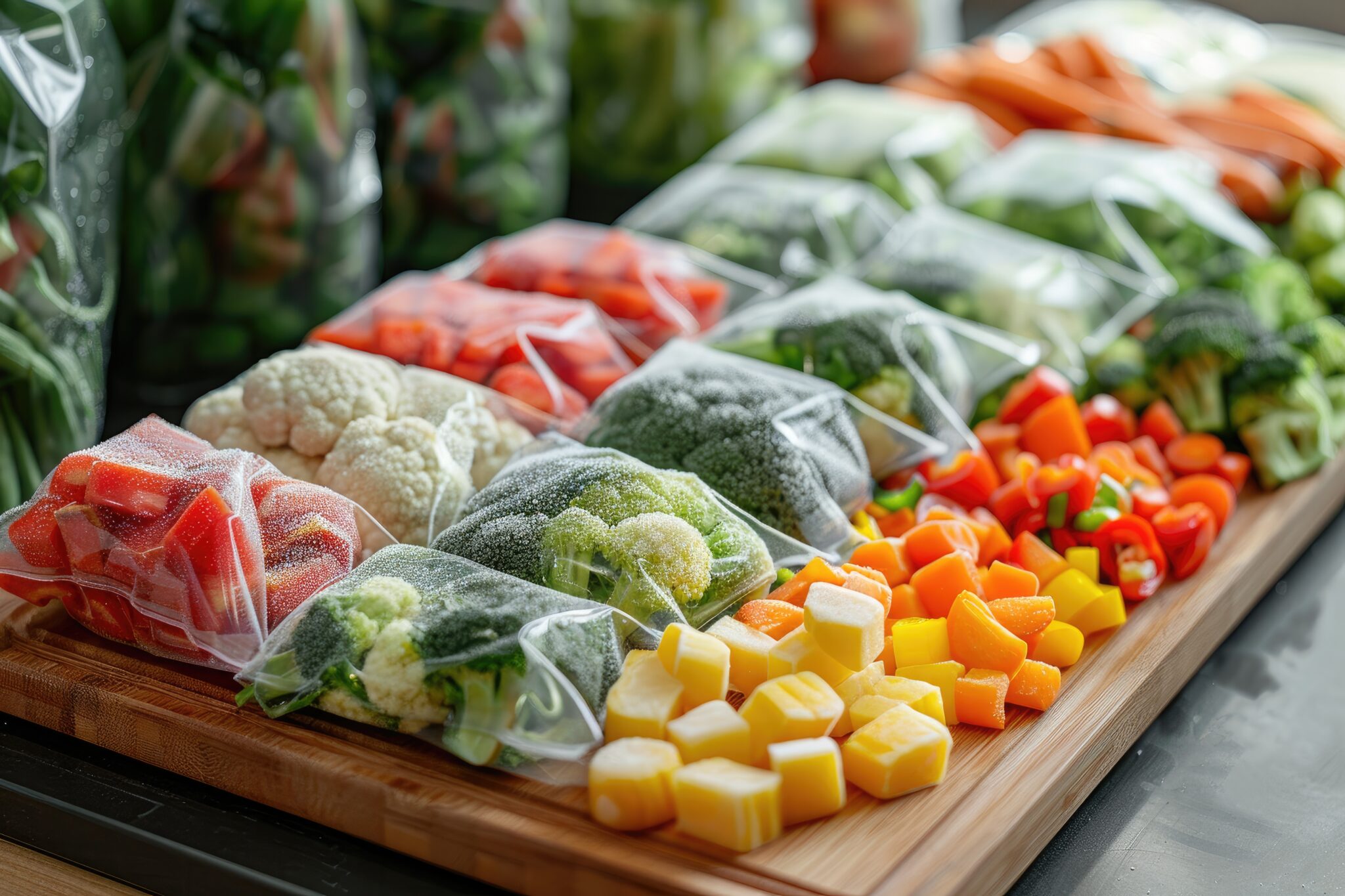
Introduction
Packaging frozen food properly is essential for maintaining its quality, safety, and appeal. Whether you’re a small business owner or part of a larger company, understanding the best practices for packaging and selling frozen food can make a significant difference in your success. In this article, we’ll explore the types of packaging, custom packaging options, and effective strategies for selling frozen food.
Types of Frozen Food Packaging
Plastic Bags
Plastic bags are a common and cost-effective option for packaging frozen food. They are flexible, easy to seal, and available in various sizes. However, not all plastic bags are created equal—look for those specifically designed for freezing to prevent freezer burn and ensure durability.
Vacuum Sealed Bags
Vacuum sealing removes air from the packaging, which helps preserve the food’s freshness and extends its shelf life. This method is particularly useful for meats, seafood, and other items prone to freezer burn.
Rigid Plastic Containers
Rigid plastic containers offer excellent protection for more delicate items, such as prepared meals or baked goods. They are stackable, reusable, and often come with airtight lids to prevent contamination.
Foil and Paperboard
Foil and paperboard packaging are ideal for items like frozen dinners and bakery products. These materials provide good insulation and can be easily customized with branding and product information.
Custom Frozen Food Packaging
Benefits of Custom Packaging
Branding Opportunities
Custom frozen food packagingallows you to showcase your brand, making your products stand out on the shelves. Attractive and well-designed packaging can attract customers and build brand loyalty.
Consumer Appeal
Well-designed packaging can enhance consumer appeal by providing clear information and an attractive presentation. It can also include features like resealable closures or easy-open tabs for convenience.
Designing Custom Packaging
Material Considerations
When designing custom packaging, it’s important to choose materials that can withstand freezing temperatures and prevent freezer burn. Consider the durability, barrier properties, and environmental impact of the materials.
Graphic Design Tips
Your packaging design should be visually appealing and align with your brand identity. Use high-quality images, clear typography, and consistent branding elements. Don’t forget to include important information such as nutritional facts, ingredients, and usage instructions.
Finding a Custom Packaging Supplier
Look for suppliers that specialize in frozen food packaging and offer customization options. Companies like Packlane, UPrinting, and The Custom Boxes provide a range of custom packaging solutions.
Packaging Requirements for Frozen Food
Temperature Control
Maintaining the correct temperature is crucial for preserving the quality and safety of frozen food. Ensure that your packaging materials provide adequate insulation and protection against temperature fluctuations.
Durability and Strength
Frozen food packaging needs to be durable and strong enough to withstand the rigors of storage and transportation. Choose materials that resist tearing, puncturing, and moisture penetration.
Food Safety Regulations
Compliance with food safety regulations is essential. Your packaging should be made from food-safe materials and include proper labeling, such as expiration dates and storage instructions.
Steps to Package Frozen Food
Selecting the Right Packaging Materials
Choose materials that suit your product and meet the necessary durability and safety requirements. Consider using a combination of materials for added protection.
Preparing the Food for Packaging
Ensure the food is properly prepared and frozen before packaging. This helps maintain its quality and prevents freezer burn.
Sealing and Labeling
Properly seal the packaging to prevent air from entering and causing freezer burn. Label each package with clear, accurate information, including product name, ingredients, nutritional facts, and expiration date.
Storage and Transportation
Store packaged food at the appropriate temperature to maintain its quality. Use insulated containers and temperature-controlled transportation to ensure the food remains frozen during transit.
Selling Frozen Food
Understanding Your Market
Identify your target market and understand their preferences and purchasing habits. This will help you tailor your products and marketing strategies to meet their needs.
Pricing Strategies
Set competitive prices by considering factors like production costs, market demand, and competitor pricing. Offering promotions and discounts can also attract customers.
Distribution Channels
Direct to Consumer
Selling directly to consumers through your own website or a physical store can increase your profit margins and allow for more control over branding and customer experience.
Retail Outlets
Partnering with retail outlets can expand your reach and increase brand visibility. Ensure your packaging is eye-catching and provides essential information to stand out on the shelves.
Online Sales
Online sales are increasingly popular for frozen food. Ensure your packaging and shipping methods maintain product quality during delivery.
Marketing Frozen Food
Branding and Packaging Design
Effective branding and attractive packaging design can significantly impact consumer purchasing decisions. Highlight your product’s unique features and benefits.
Online Marketing Strategies
Utilize social media, email marketing, and online advertising to reach a wider audience. Share recipes, cooking tips, and customer testimonials to engage potential buyers.
In-Store Promotions
In-store promotions, such as product samples and special offers, can attract new customers and encourage repeat purchases.
Ensuring Quality Control
Regular Inspections
Conduct regular inspections of your packaging and products to ensure they meet quality standards. Check for issues like freezer burn, contamination, and damage.
Temperature Monitoring
Monitor storage and transportation temperatures to ensure the food remains frozen and safe to eat. Use temperature sensors and data loggers for accuracy.
Customer Feedback
Gather feedback from customers to identify areas for improvement. Address any issues promptly and use feedback to enhance product quality and customer satisfaction.
Future Trends in Frozen Food Packaging
Sustainable Packaging Solutions
Eco-friendly packaging is becoming increasingly important. Look for biodegradable, recyclable, or compostable materials to reduce environmental impact.
Innovative Materials
New materials, such as plant-based plastics and edible packaging, are emerging in the market. These innovative solutions can offer improved sustainability and functionality.
Smart Packaging Technologies
Smart packaging, which includes features like temperature sensors and QR codes, can provide real-time information about product quality and enhance consumer engagement.
Conclusion
Packaging for frozen foodand selling frozen food requires careful consideration of materials, design, and market strategies. By choosing the right packaging, complying with regulations, and implementing effective marketing strategies, you can successfully package and sell frozen food products that attract and satisfy customers.

How Professional Book Publishing Services Help Authors Reach More Readers

Strategic Marketing Solutions for Modern Businesses

How Traffic Management Businesses Are Improving Field Accountability

How BRSR Reporting Software Is Transforming Corporate Sustainability Reporting In India
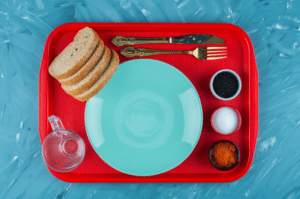
Discover Stylish Plastic Disposable Plates for Family Dining
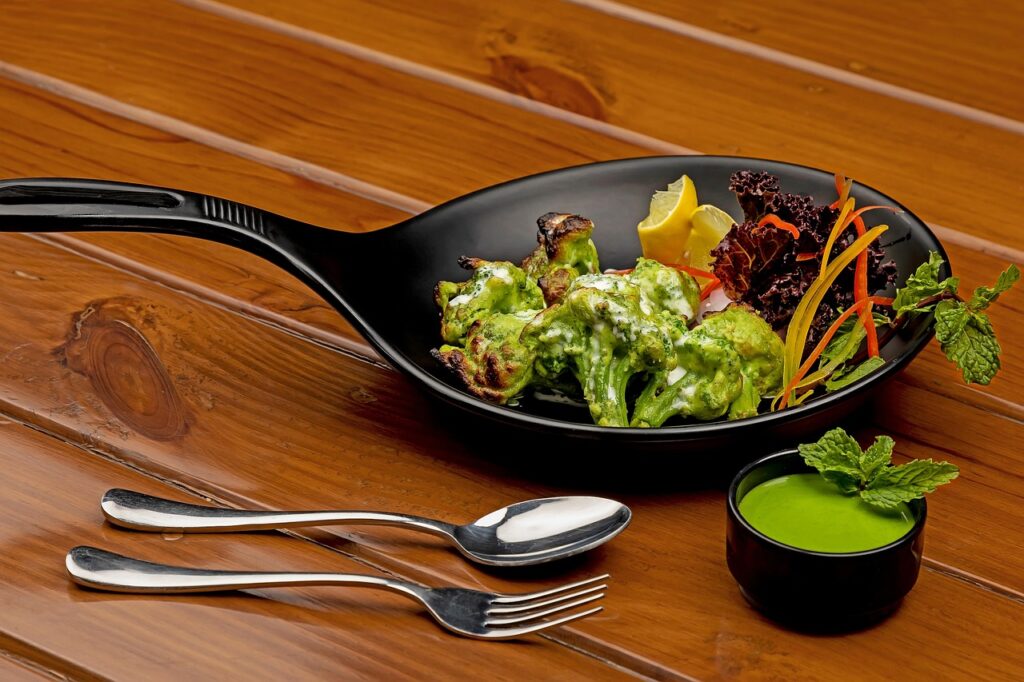
Food Jalbiteblog Trend Justalittlebite: Exploring the Flavorful Movement
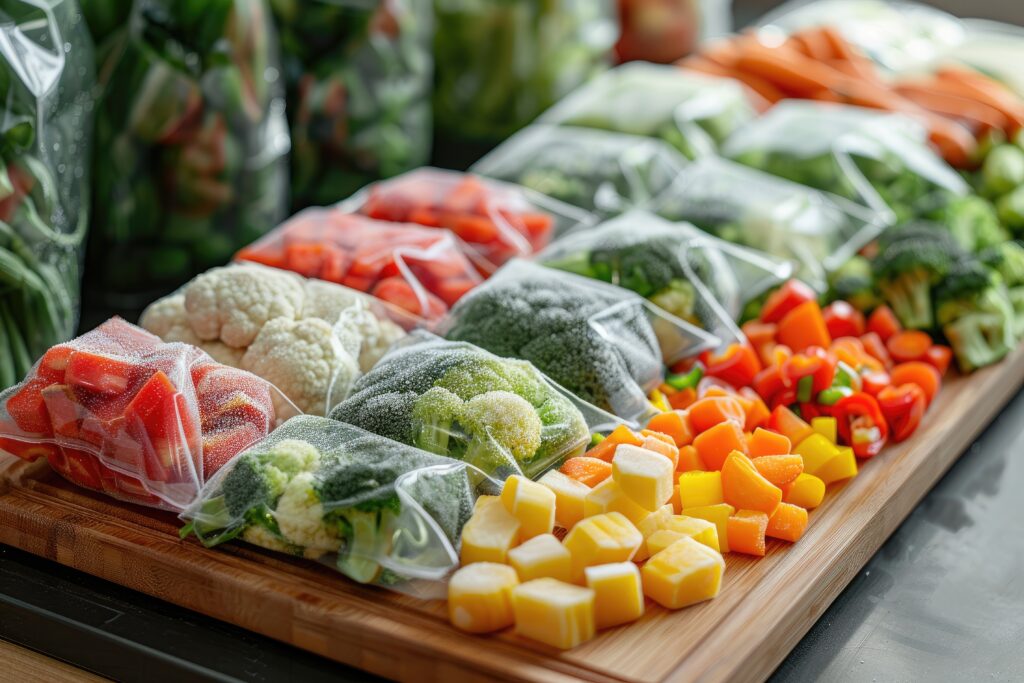
How to Package and Sell Frozen Food

Vibrant Butterfly Pea Powder: Health & Recipes
